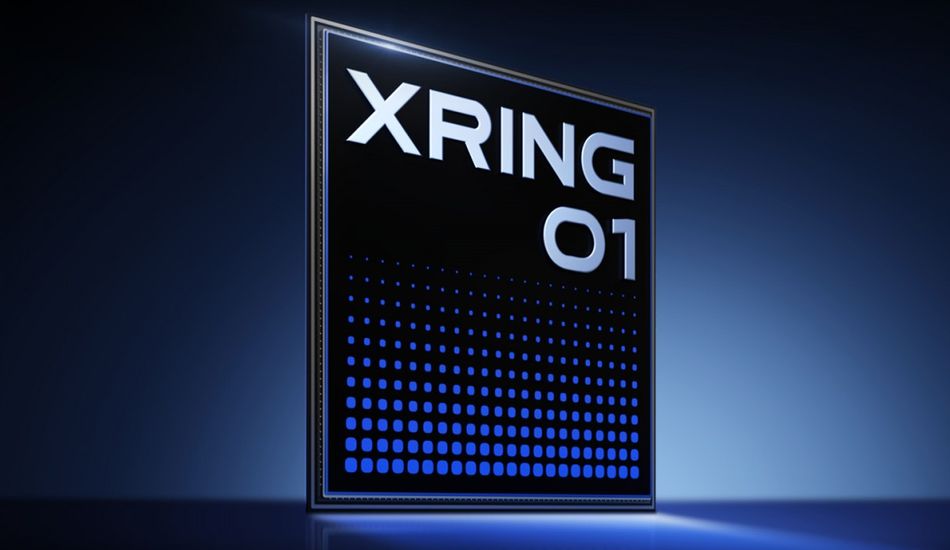
Xiaomi Xring O1: A New Mobile Chipset Rival
The mobile chipset market, long dominated by a duopoly of Qualcomm and MediaTek, has witnessed a significant development with Xiaomi's introduction of its Xring O1 platform. While Samsung persists with its Exynos designs, and Google focuses on AI-optimized Tensor chips, Xiaomi's entry represents a bold challenge to the established players.
Technical Specifications and Performance
Built on a second-generation TSMC 3nm node, the Xring O1 boasts a 10-core CPU architecture—a departure from the prevalent octa-core designs—and a 16-core Arm Immortalis-G925 GPU. This powerful configuration utilizes Arm's v9.2 cores, incorporating two Cortex X925 cores clocked at 3.9GHz, four Cortex A725 cores at 3.4GHz, two additional A725 cores at 1.9GHz, and two Cortex A520 cores at 1.8GHz. Xiaomi leverages Arm's CoreLink Interconnect system for enhanced performance.
The Xring O1's graphics processing capabilities also surpass competitors. Its 16 shader cores in the Immortalis-G925 GPU provide a clear advantage over MediaTek's Dimensity 9400, which features only 12 cores. Further enhancing its capabilities is Xiaomi's fourth-generation ISP and a 6-core NPU with 44 TOPS processing power, comparable to Qualcomm's offerings.
Integration and Market Strategy
Xiaomi has integrated the Xring O1 into its latest devices, the Xiaomi 15S Pro and Pad 7 Ultra, initially launching these products within the Chinese market. The Xiaomi 15S Pro, essentially an upgraded version of the 15 Pro, features 512GB of UFS 4.1 storage. The Pad 7 Ultra stands out with its impressive 14-inch OLED display and a substantial 12,000mAh battery.
While early tests suggest strong performance comparable to, and in some cases exceeding, the Dimensity 9400, the use of an external MediaTek T800 4nm modem presents a potential drawback. Initial testing indicates that this external modem may negatively impact battery life. Xiaomi's future plans will likely involve developing its own 5G modem to overcome this limitation.
Long-Term Vision
This foray into high-end chipset design signals Xiaomi's ambitious commitment to hardware innovation. The company's substantial investment— exceeding $6.9 billion USD and employing 2,500 engineers in its chip division—underlines its long-term strategy. While current flagship phones released globally will continue to use Qualcomm chips following a recently extended partnership, the Xring O1’s performance demonstrates Xiaomi's growing capabilities in the mobile chipset arena, solidifying its position as a major player in its home market.
Source: Android Central